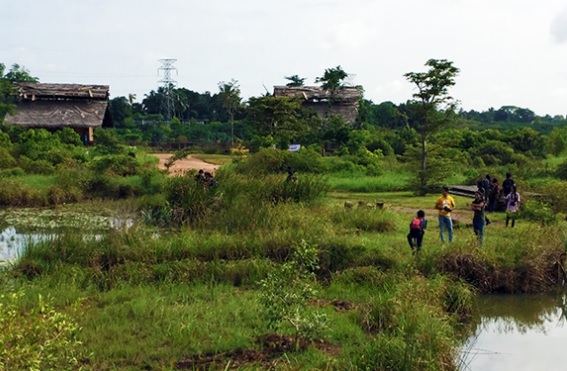In 2014, the island was listed as one of the least urbanized countries in the World Urbanization Prospects (WUP), with less than 20 percent of the population in urban areas. By 2050, WUP projected that number would rise to only 30 percent.
Does this mean we still have to worry about the country’s urbanization? The short answer is yes.

This is, after all, an island nation with one of the highest population densities, complex and evolving social systems and intricate ecosystems.
Meanwhile, urbanization, even at relatively slower pace, is still changing migration patterns, altering the way urban populations consume resources, and impacting the affordability of land and other assets.
These, in turn, are increasing the demand for resources. Growing inequality can be seen as a result of the displacement of less affluent communities, while the loss of important ecosystems has negatively affected resilience and sustainability.
Nature in cities is not only an economic driver; it is essential for people to relax and to build awareness of their integral place in the intricately interconnected web of life. This means urban growth requires not only functionality at its core, but cognitive and emotional experiences embedded in the planning and designing processes.
In the six decades following the Korean War of 1950, Seoul grew rapidly. Economic development through industrialization brought environmental degradation and loss of natural assets. While the city continues to advance through technology and innovation, which is needed for growth, Seoul has made efforts to revive nature and cultural preservation, improving livability, connecting people to the land and each other and giving space to other living things.
Only about 40% of the wetlands that were present in the 1970s remain, still providing multiple economic and environmental services including increasing resilience to floods. The current growth path provides incentives to convert urban wetlands into infrastructure development making the remaining wetland areas highly vulnerable. The good news is Colombo (unlike Seoul) does not have to start.
Currently, the Colombo metropolitan region has less than 20km2 of wetlands, but these have been identified as important flood retention areas, significantly reducing urban flood risk. The Sri Lanka Land Reclamation and Development Corporation’s flood risk assessments demonstrate that if all the remaining urban wetlands are lost, water levels observed during the 2010 flood, which is considered a 50-year event, may occur every 25 years with an annual economic loss like in 2010 (i.e. 1 percent of Colombo’s gross domestic product). This means all remaining wetlands need to be conserved for their flood protection benefits, saving LKR 15 billion annually.
The Colombo metropolitan region is still far from becoming the green and smart city that it aspires to become. Urban decision-makers and planners need to provide better governance of socio-ecological systems which offer comparative advantages and are the foundation of growth to ensure resilience and sustainability.
Positive actions have been taken to demonstrate the non-flood mitigation values like recreation, education and biodiversity conservation by demonstrations done in Beddagana and Diyasaru (Thalawathugoda) wetland parks. It is estimated that annually LKR 1.6 billion can be generated if these sites are better managed and other similar sites are protected and converted to recreation and tourism uses (Metro Colombo Wetland Management Strategy, 2016). Currently, discussions are underway, led by the Ministry of Mahaweli Development and Environment with the participation of the Ministry of Megapolis and Western Development and the Ministry of Sustainable Development and Wildlife to declare the remaining wetlands under protection – an action that was long due and critical for urban resilience and sustainability.
-Darshanie De Silva
This feature first appeared in the World Bank Blog
Leave Comments